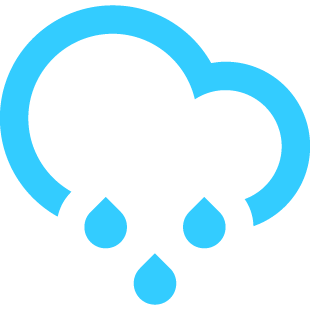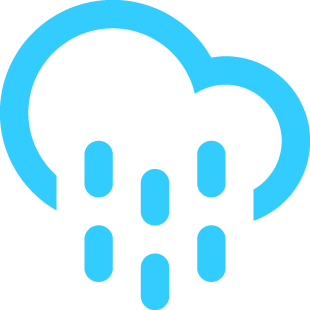The Ebola virus disease (EVD) outbreak is continuing with moderate intensity. Katwa and Butembo remain the major health zones of concern, while small clusters continue simultaneously in some geographically dispersed locations. During the last 21 days (13 February – 5 March 2019), 76 new confirmed and probable cases have been reported from 31 health areas within nine health zones (Figure 1), including: Katwa (44), Butembo (17), Mandima (6), Masereka (3), Kalunguta (2), Beni (1), Vuhovi (1), Kyondo (1), and Rwampara (1). The emerging cluster in Mandima health zone is occurring in a previously unaffected village, with five of the recent cases epidemiologically linked and the sixth case likely exposed in Butembo; nonetheless, there remains a high risk of further spread. Similarly, recent cases (two confirmed and one probable) in Masereka stem from a Butembo chain of transmission. These events highlight the importance for response teams to remain active across all areas, including those with lower case incidence, to rapidly detect new cases and prevent onward transmission.
As of 5 March, 907 EVD cases
1 (841 confirmed and 66 probable) have been reported, of which 57% (514) were female and 30% (273) were children aged less than 18 years. Cumulatively, cases have been reported from 121 of 301 health areas across 19 health zones of the North Kivu and Ituri provinces. Overall, 569 deaths (case fatality ratio: 63%) have been reported, and 304 patients have been discharged from Ebola Treatment Centres (ETCs). Although declining trends in case incidence are currently being observed, the high proportion of community deaths reported among confirmed cases, relatively low proportion of new cases who were known contacts under surveillance, persistent delays in detection and isolation in ETCs (related as well to recent violent incidents), and challenges in the timely reporting and response to probable cases, all increase the likelihood of further chains of transmission in affected communities and continued spread.
Published on March 07, 2019 at 01:00AM
View on website
























